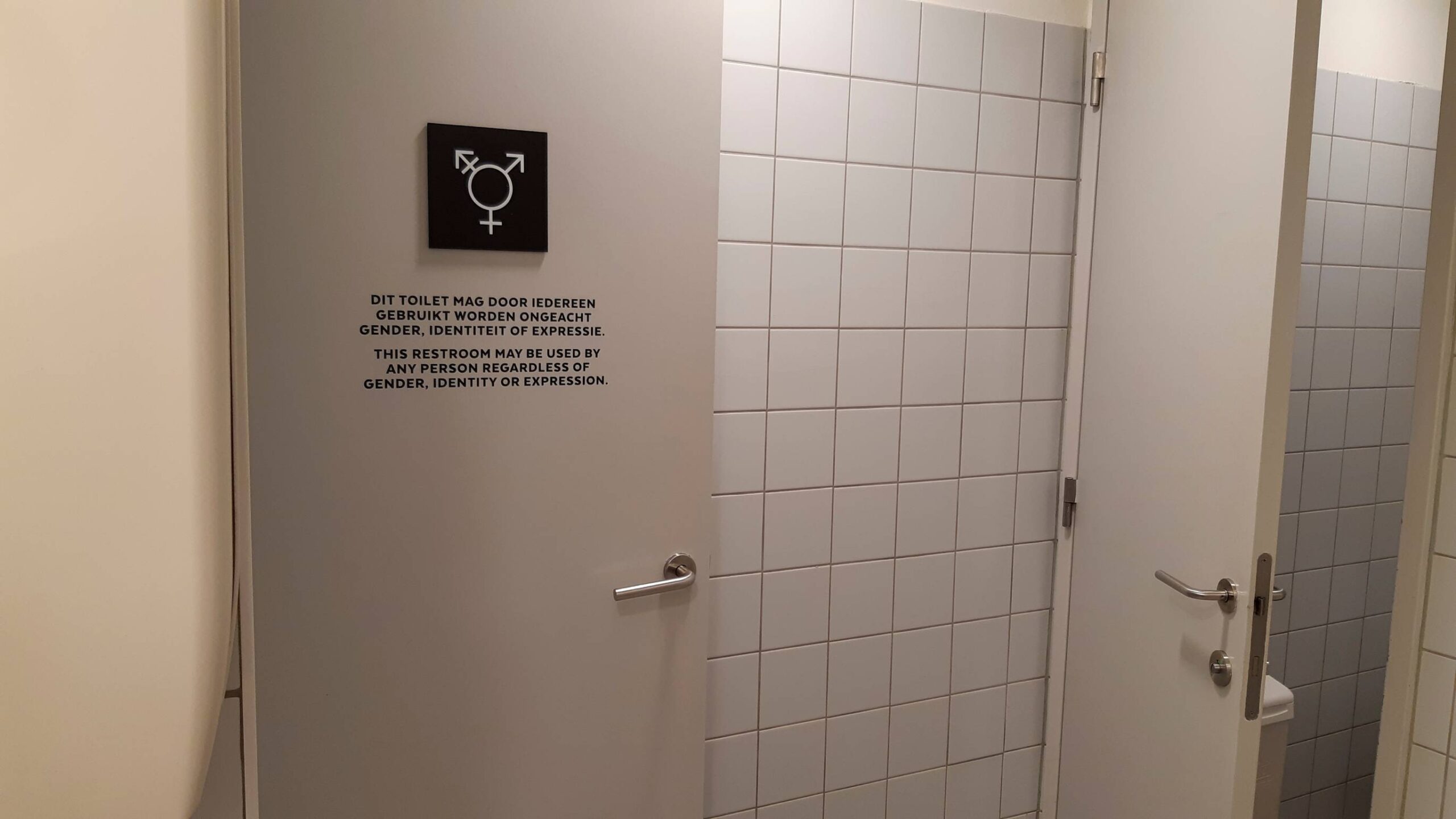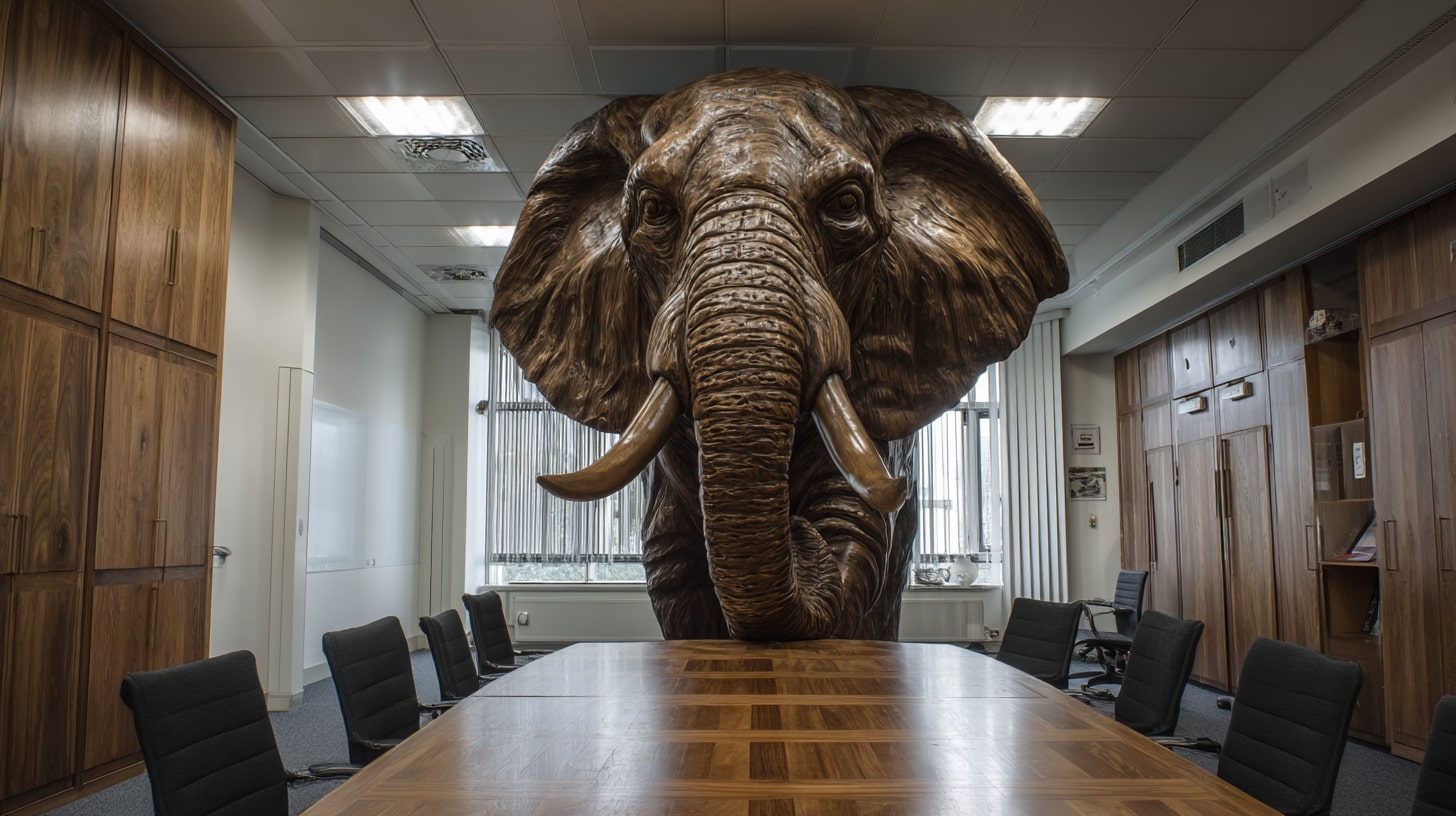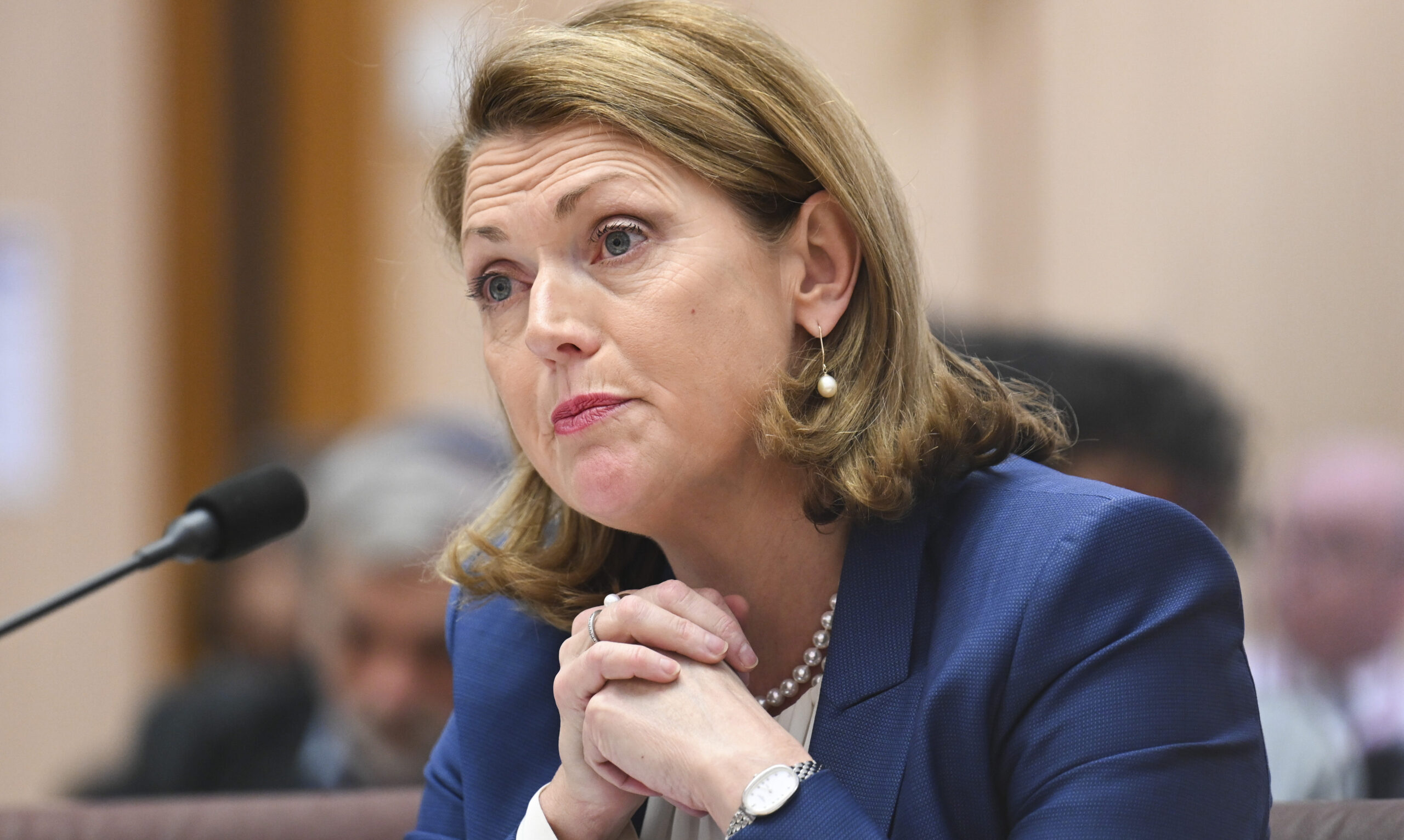24 hours after it promised to, the Equality and Human Rights Commission (EHRC) has launched a consultation on updates to its statutory Code of Practice for services, public functions and associations, following the Supreme Court’s ruling on the meaning of “woman” in the Equality Act.
As a reminder, the kernel of the ruling was that the definition of sex in the Equality Act 2010 (the Act) should be interpreted as “biological” sex only. This means that, for the purposes of that Act, a person’s legal sex is the one that was recorded at their birth.
That’s different to the previous interpretation adopted by the courts, which was that the definition of sex also includes people who have obtained a Gender Recognition Certificate (GRC). According to the new ruling, obtaining a GRC does not change your legal sex for Equality Act purposes.
In this limbo period, the pressure from one side of the debate has been calling for X or Y to change now, and from another side arguing that it’s the Codes of Practice that matter.
Designed to help individuals, employers, and service providers understand and comply with equality laws, they cover areas like employment, services, education, and public functions – and while they are not legally binding, courts and tribunals often take them into account in discrimination cases.
Given the pressure, consultation was going to be rapid – open for two weeks – but EHRC has now announced that it will run until 30 June 2025. Once the consultation is done, it will review responses, make amendments to the Code of Practice, and it will then be submitted to the Minister for Women and Equalities for approval and laying in Parliament.
The consultation specifically focuses on sections of the Code of Practice that need to be updated following the judgment – the rest was consulted on between October 2024 and January 2025.
The idea is to gather views on whether its proposed updates clearly articulate the practical implications of the judgment and enable those who will use the Code to understand, and comply with, the Equality Act 2010. The EHRC is at pains to point out that the Supreme Court made the legal position on the definition of sex clear, so the EHRC is not seeking views on those legal aspects.
Thus far, my conversations around the sector indicate a “we’re waiting for the guidance” approach before anyone does anything – though there has been at least one case where a university has had to backtrack and apologise having taken a decision that anticipated the interpretation of the new ruling.
And that does create both some “race against time” pressure for universities (and SUs) intending to wait for the final guidance given the proximity to Welcome Weeks, and on the expectations people will have for what happens next, which I’ve explained below.
Enforcement
One of the major controversies has been about what we might call “enforcement” in a single-sex space, facility or service.
In other words, if a toilet is marked up as “women”, will those operating said toilet be able to, or even expected to find some way of checking on someone’s biological birth sex?
In the EHRC draft, asking someone about their birth sex publicly, or in a tone that is rude or combative, could amount to unlawful discrimination or harassment. Policies that apply different questioning standards to different people – for example, asking only those who “don’t look like they belong” in a particular space – also risk breaching indirect discrimination provisions, unless there is clear and justifiable reasoning behind them.
The draft guidance also stresses that verifying someone’s birth sex – or requesting documents like a birth certificate – is a step that should be taken only in rare cases, and even then with great care. As such, the ability to enforce a single-sex policy by removing someone is more limited than it may initially appear, particularly for those on one side of the debate.
If a trans person declines to answer a question about birth sex, or answers in a way that is later contested, a provider cannot simply demand proof unless they have a clear, lawful basis for doing so. And even then, their request must be framed within a structured policy that minimises legal risk and respects privacy. The idea that someone can simply be turned away on the basis of an appearance-based suspicion is not really viable under this framework.
Another complication is that direct discrimination by perception applies to sex, even if the person doesn’t legally hold that characteristic under the Equality Act. The draft confirms that a trans woman, though not considered a woman in law, could still claim sex discrimination if they were treated less favourably because they are perceived to be a woman.
This widens protection in practice – it confirms that discriminatory treatment based on how someone is seen, not just what they are, can still breach the Act – even where legal definitions of sex or gender reassignment wouldn’t otherwise apply.
On maternity, protection from pregnancy and maternity discrimination now clearly rests on biological sex – the previous reliance on case law to justify protection for trans men with a GRC has been removed, because under the clarified interpretation, their legal sex remains female for Equality Act purposes.
This simplifies the legal basis – trans men who are pregnant are now protected as women in law, not by exception or interpretation. It reinforces the Act’s grounding in biological sex across all protected characteristics, aligning pregnancy and maternity provisions with the rest of the guidance.
Objective discrimination
Changes to section 5 of the code mean that in EHRC’s view, the Equality Act’s provisions on indirect discrimination now more clearly include people who don’t share a particular protected characteristic but experience the same disadvantage as those who do. This reflects the “same disadvantage” principle that is more commonly understood re race or disability, and applies it explicitly to sex and gender reassignment.
A case study shows how a trans woman can claim indirect sex discrimination if they are disadvantaged in the same way as women – because of a shared experience with women of feeling unsafe. The protection doesn’t depend on whether they are legally female under the Act, nor on any formal association with women – it just depends on whether they face substantively the same disadvantage from the same policy.
This extends legal protection in practice – it allows a broader group of individuals to challenge policies that disproportionately harm one group, even if their own legal status differs. It also reinforces the role of objective justification – so organisations must be able to show that their decisions are fair, necessary, and proportionate, or risk breaching the Act.
Harassment
Section 8 explains the general test for harassment under the Equality Act, and the change here is that harassment based on perception is now explicitly covered in the context of sex and gender reassignment. A new example involves a trans woman – showing that even if someone is wrongly perceived to have a protected characteristic, such as being biologically female, they are still protected under the Equality Act if they face unwanted conduct related to that perception.
That broadens the scope of protection for trans people and others facing abuse based on assumptions, and it further clarifies that intent is irrelevant – what matters is the effect of the conduct and its link to a perceived protected characteristic.
Associations
Section 12 explains how the Equality Act applies to associations, and makes clear that women-only associations can lawfully refuse membership to trans women, based on the clarified interpretation that sex under the Equality Act means biological sex at birth.
The example given shows that a trans woman does not share the protected characteristic of “sex as a woman” under the Act and therefore can be excluded from an association that lawfully restricts membership to women.
But it doesn’t say that a trans woman must be excluded.
The complicator that isn’t covered in the draft runs something like this. If a women-only association excludes cis men, that is lawful – and always has been – because the Equality Act 2010 explicitly allows associations to restrict membership to people who share a protected characteristic, such as sex.
But if that the association then permits trans women (whose legal sex is male under the Act, even if they have a GRC) but excludes cis men (also legally male), EHRC says that would be applying inconsistent treatment within the same legal sex category – undermining the justification for using the sex-based restriction in the first place.
So if that association wants to use the lawful sex-based exception, it in theory has to apply that restriction consistently based on biological sex – exclude all who are legally male under the Act, including both cis men and trans women.
If it instead admits some individuals with the legal sex of “male” (e.g. trans women), while excluding others (cis men), then the restriction is no longer based solely on sex, but on gender identity or appearance – and that is not a lawful basis for exclusion, and so could lead to claims of direct sex discrimination by cis men, since they are being treated less favourably than other legally male individuals (trans women).
So if there’s a staff women’s group or an SU has a women’s officer, converting the group or position into one that’s about a topic rather than a membership characteristic looks OK. Even if it was about a membership characteristic, as long as it isn’t actively excluding cis men while including trans women, that would seem to be fine – notwithstanding there may be arguments about feelings of exclusion, or expectations raised in an inappropriate way and so on.
Sport
This has been a key issue in the commentary – EHRC’s draft clearly permits organisers of gender-affected competitive sports (i.e. sports where strength, stamina, or physique create a meaningful performance gap) to exclude or treat trans people differently if it is necessary for reasons of fair competition or safety.
Crucially, the guidance affirms that exclusion must be justified, proportionate, and based on evidence. A blanket ban on trans participation would likely be unlawful unless organisers can show that it is essential to protect fairness or safety. For example, excluding a trans man from a men’s boxing event due to safety concerns is likely lawful – if justified with reference to physical risk.
The guidance also clarifies that if an event is mixed-sex and so does not invoke the single-sex exception, sex discrimination claims may arise – for example, from cis women disadvantaged by trans women competitors.
Basically it emphasises the need for clear, evidence-based policies, especially in sports where fairness and safety are contested. Organisers are encouraged to draw on medical guidance and national governing body rules, balancing inclusion with legal duties to all participants. For universities and SUs, there’s clearly a line to be drawn between what we might call “BUCS sport” and “a kickabout organised by reslife”, although that line is not especially clear here.
Single sex services
If you are operating a single-sex service, another revised section encourages service providers to develop clear, written policies on when and how they will deliver separate or single-sex services, while also allowing for limited, carefully considered exceptions in individual cases – such as admitting a male child to a women’s changing room – as long as it does not undermine the core purpose of the service (e.g. safeguarding women’s access, privacy, or safety).
Another section draws a clearer line around how and when trans people may lawfully be excluded from single- or separate-sex services, while reinforcing that such exclusions must always be proportionate, justified, and considered on a case-by-case basis.
And it reminds that admitting someone of the opposite biological sex – such as a trans person – to a single-sex service may legally change the nature of that service, making it no longer covered by the single-sex exceptions under the Equality Act, itself creating a legal risk of sex discrimination against those excluded from the redefined service.
Providers are therefore advised to consider less intrusive alternatives, like offering additional mixed or separate services, or adapting facilities (private, unisex toilets), where feasible. But if alternative arrangements would be impractical or undermine the service itself, exclusion may still be proportionate and lawful – but that decision must also consider how the trans person presents, what alternatives exist, and whether the exclusion leaves them without access to essential services like toilets or changing rooms.
Communal accommodation
This is less common in these days of cluster flats and ensuite, but again there’s competing rights to weigh up. It’s lawful to restrict access to communal sleeping or sanitary facilities based on biological sex, particularly where shared use would compromise privacy. But excluding someone because of gender reassignment – such as a trans woman from women’s dorms – can also be lawful, but only if it is a proportionate means of achieving a legitimate aim, such as protecting privacy or avoiding distress.
Upshots and implications
So what now? The wait and see approach does mean that where universities (and their SUs) are making changes to facilities, groups, services, positions and so on, or not making changes, those decisions will now likely need to be made over the summer – which means a storing up of trouble for the new academic year.
What’s clear from the guidance is that whether we’re talking about a women’s officer role in an SU, a changing room, a block of toilets or a women’s self defence group, there are going to be options.
The draft seems to indicate that a sign on a toilet that’s painted pink saying “trans inclusive, use the toilet you are most comfortable with” would be legally fine – but it could also trigger indirect sex discrimination claims, particularly if women argue that the policy has created a space where they no longer feel safe or comfortable, especially in settings where privacy, safeguarding, or trauma concerns are significant.
And that risk is heightened if an organisation fails to provide alternative single-sex spaces for those who need or expect them.
In other words, the single sex provisions in the Equality Act are mainly about the ability to enforce and exclude the “other” sex from something, any expectations that are set (and then not met), and the availability of alternatives.
If you can’t rely on the Equality Act to carry out your exclusion, you can’t exclude. As such if we imagine a block of toilets, there will be choices:
Option 1 is effectively to say “these toilets are open to all”, or “these are aimed at those who identify as women”. As long as it’s clear that the intention is not to actively exclude men from those toilets, and that people can use which ever toilet they feel most comfortable in, that appears to be legal.
Option 2 is to take a toilet block currently marked as “women” and to make clear that these are a single sex facility as per the Equality Act 2010 – in other words, these are toilets specifically for biological women.
The same goes for pretty much everything that’s currently gendered.
The complicator in the case of toilets is that under UK law, employers are required to provide separate toilet facilities for men and women unless each facility is a fully enclosed, lockable room intended for single occupancy – and the tricky part is that a lot of toilets on a university campus may well act both as staff toilets, and (service provider) student toilets.
But nevertheless, this still opens up considerable flexibility. Neither the ruling, nor the draft guidance, nor the finalised guidance, is going to tell universities (and their SUs) what to do about a given facility, service, group, scheme or position – and nor will it supply information on the expectations of staff and students on a given campus.
And that sets up a problem for September.
- If a toilet block currently marked “women” is marked up in an Option 1 way, some people on campus will be furious that it’s not been defined exclusively for biological women.
- If a toilet block currently marked “women” is marked up in an Option 2 way, some people on campus will be furious that it’s not been defined in a way that is trans inclusive.
The decisions across the portfolio of facilities, services, groups, schemes or positions almost by definition can’t be consistent – and so the way those decisions are made, and why, will be crucial – as will careful communication of them.
In other words, here in the dying days of May, the time to roll sleeves up and get consulting with staff and students is now – not during Welcome Week.







